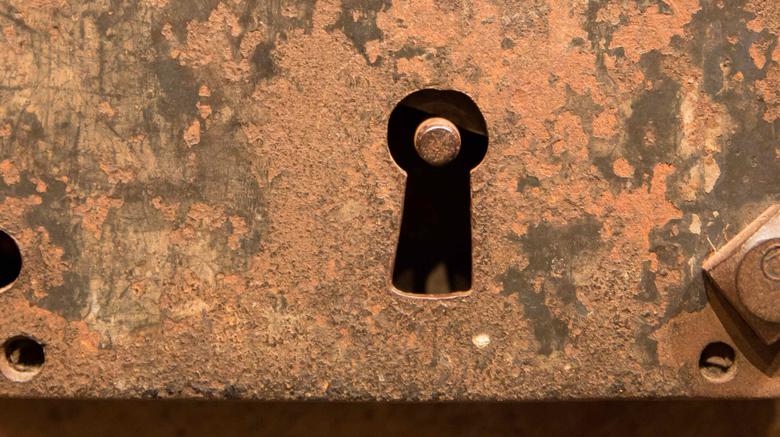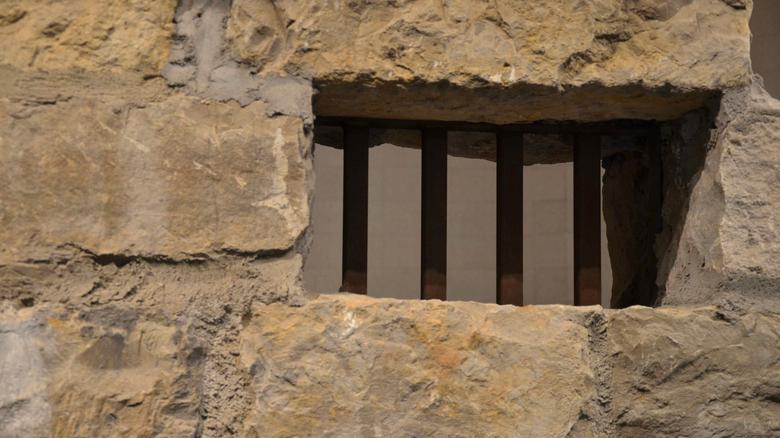On December 1, 1838, curious residents of Liberty, Missouri, gathered near the center of town. They watched six men descend from a wagon and walk slowly up the steps of the county jail.
Those six men were leaders in The Church of Jesus Christ of Latter-day Saints: Joseph Smith Jr., Hyrum Smith, Sidney Rigdon, Lyman Wight, Caleb Baldwin, and Alexander McRae. They had been arrested and falsely accused of treason, and now they would wait until they could appear before a judge. Sidney Rigdon would be released in early February, and the others would be imprisoned until early April.
They would be locked inside a building commonly known as Liberty Jail.
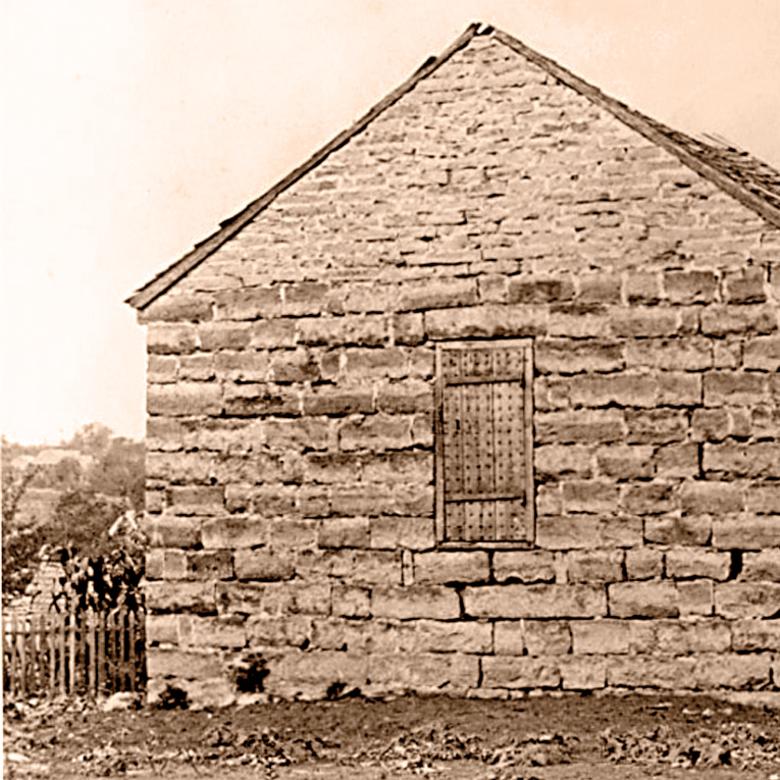
Conditions outside the jail were also grim. Many Latter-day Saints had become selfish and contentious, and they had failed to establish the city of Zion that the Lord had commanded them to build in Jackson County, Missouri. Some had turned against Joseph Smith. Groups of local settlers, troubled by the Saints’ zeal and increasing presence, had driven them from place to place.
Joseph and others had been arrested on October 31, 1838. The next day, a traitorous Mormon military leader had surrendered the city of Far West to Missouri militiamen. The city would be almost empty four months later, as Saints throughout western Missouri fled to the state of Illinois.
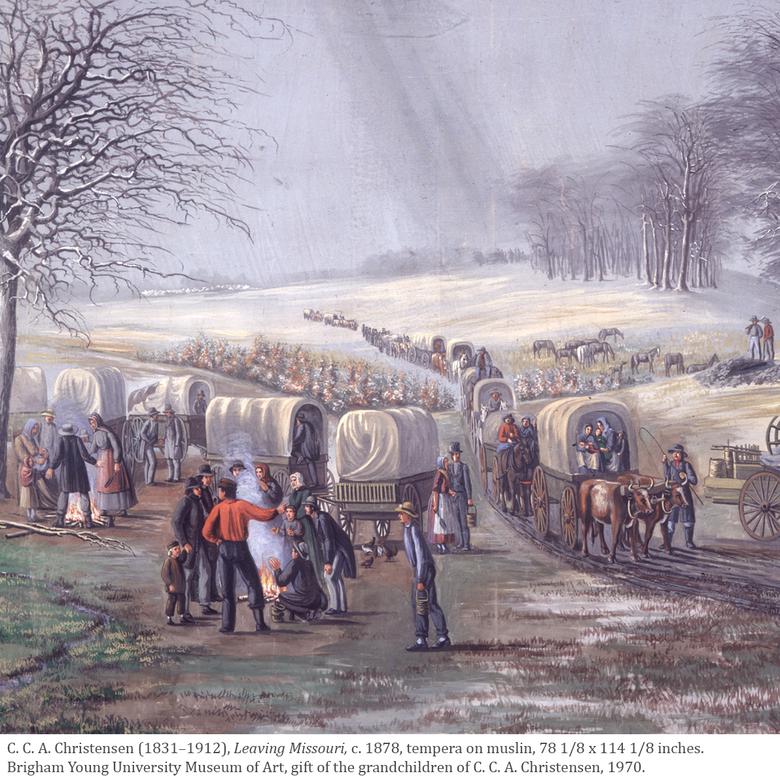
The prisoners occasionally received letters from loved ones. Joseph observed that the letters “breath[ed] a kind and consoling spirit” and “were to our souls as the gentle air is refreshing.”
The letters were also reminders of the hard times outside the prison walls. “Our joy is mingled with grief,” Joseph said, “because of the suffering of the poor and much-injured Saints.”
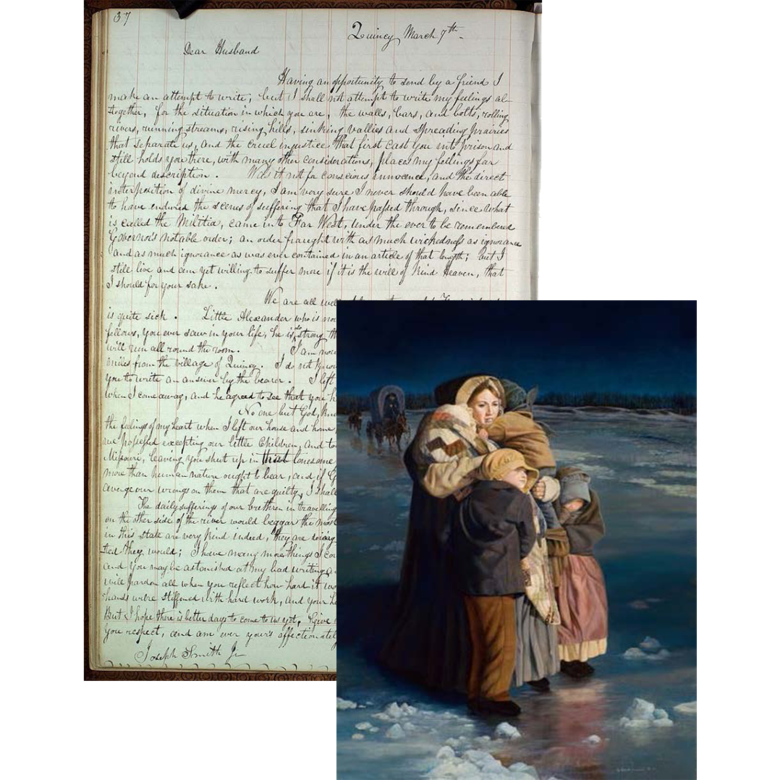
After two weeks in jail, Joseph had optimistically written, “Zion shall yet live though she seemeth to be dead.” Three months later, burdened by heavy concerns, he expressed his anguish in prayer.
The Lord answered. He spoke personally to Joseph. His counsel also touched the other prisoners and reached beyond the prison walls. Joseph and his companions included the Lord’s words in two letters addressed to the entire Church. Those words are now found in Doctrine and Covenants 121 and 122.
At a time of great need, the Lord provided direction and hope for His prophet and His people.
Light in the darkness. Liberty in a jail. Through this revelation, God blessed Joseph Smith with courage to endure. He declared to His faithful children that He would never forget them—that He would always be with them in their trials.
And Joseph, still imprisoned but strengthened and refined in his role as prophet, shared a message that would guide the Saints in their continuing efforts to build Zion:
“Let us cheerfully do all things that lie in our power; and then may we stand still, with the utmost assurance, to see the salvation of God, and for his arm to be revealed.”
Joseph Smith and his companions were released from Liberty Jail on April 6, 1839, and taken to a hearing before a judge. They were allowed to escape on April 16. They traveled to Quincy, Illinois, where they were reunited with their families and fellow Saints. That same year, the Saints would begin to establish the city of Nauvoo.
